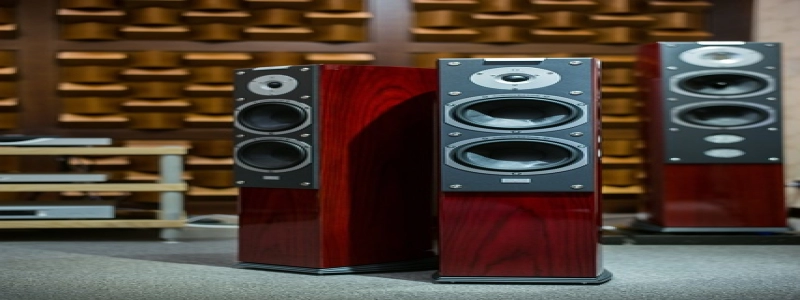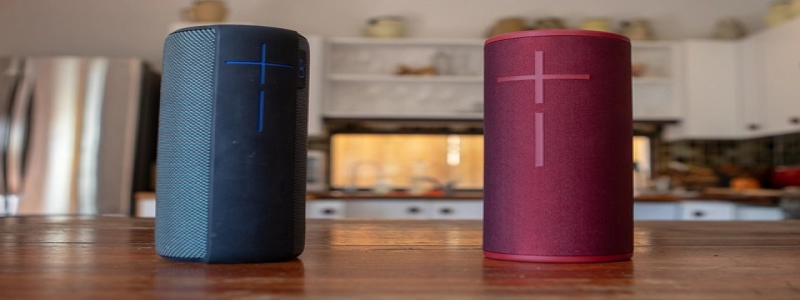Laser Diode Module
Introduction
A laser diode module, also known as a laser diode pointer or laser diode pen, is a small device that emits a laser beam. It is widely used in various applications such as laser engraving, laser cutting, laser alignment, and scientific research. In this article, we will discuss the different components and features of a laser diode module and its working principle.
Components and Features
1. Laser Diode: The heart of a laser diode module is the laser diode itself. It is a semiconductor device that converts electrical energy into light through a process called stimulated emission. Laser diodes are available in various wavelengths, such as red, green, and blue, and can be selected based on the specific application requirements.
2. Optics: Laser diode modules usually include a set of optics to shape and focus the laser beam. These optics can be adjustable or fixed, depending on the module’s design. The optics play a crucial role in controlling the beam’s characteristics, such as its divergence and spot size.
3. Housing: Laser diode modules are typically housed in a compact and durable casing. The housing protects the internal components and provides a convenient grip for the user. Some modules feature a lightweight and portable design, making them ideal for handheld applications.
4. Power Supply: Laser diode modules require a stable power supply to operate efficiently. Most modules operate on low voltage DC power, typically provided by batteries or an external power source. The power supply must provide the required current and voltage levels to ensure the laser diode operates within its specified parameters.
Working Principle
A laser diode module operates based on the principle of stimulated emission. When an electrical current passes through the laser diode, it excites the electrons, causing them to transition from the lower energy level to higher energy level. As the electrons return to their original energy level, they emit photons, generating a coherent beam of light. The laser diode’s characteristics, such as wavelength and power output, depend on the materials used and the design of the diode.
Applications
Laser diode modules find applications in various fields due to their versatility and ease of use. Some common applications include:
1. Laser Engraving: Laser diode modules are used in laser engraving machines to etch designs onto surfaces such as wood, metal, or plastic. The focused and powerful laser beam allows for precise and detailed engraving.
2. Laser Cutting: Laser diode modules are used in laser cutting machines to cut through materials, including fabrics, paper, and thin metals. The high energy density and controlled beam allow for efficient and accurate cutting.
3. Laser Alignment: Laser diode modules are used in industrial applications to align machinery, check for straightness, and measure distances. The highly visible laser beam assists in aligning objects with precision.
4. Scientific Research: Laser diode modules are used in research laboratories for various purposes, such as spectroscopy, microscopy, and optical testing. The ability to control the laser beam parameters makes them suitable for detailed scientific experiments.
In conclusion, a laser diode module is a versatile and powerful device that finds applications in various fields. Its compact design, ease of use, and precise laser beam make it a valuable tool for laser engraving, laser cutting, laser alignment, and scientific research. Understanding the components, features, and working principle of a laser diode module helps in selecting the right module for specific applications.








